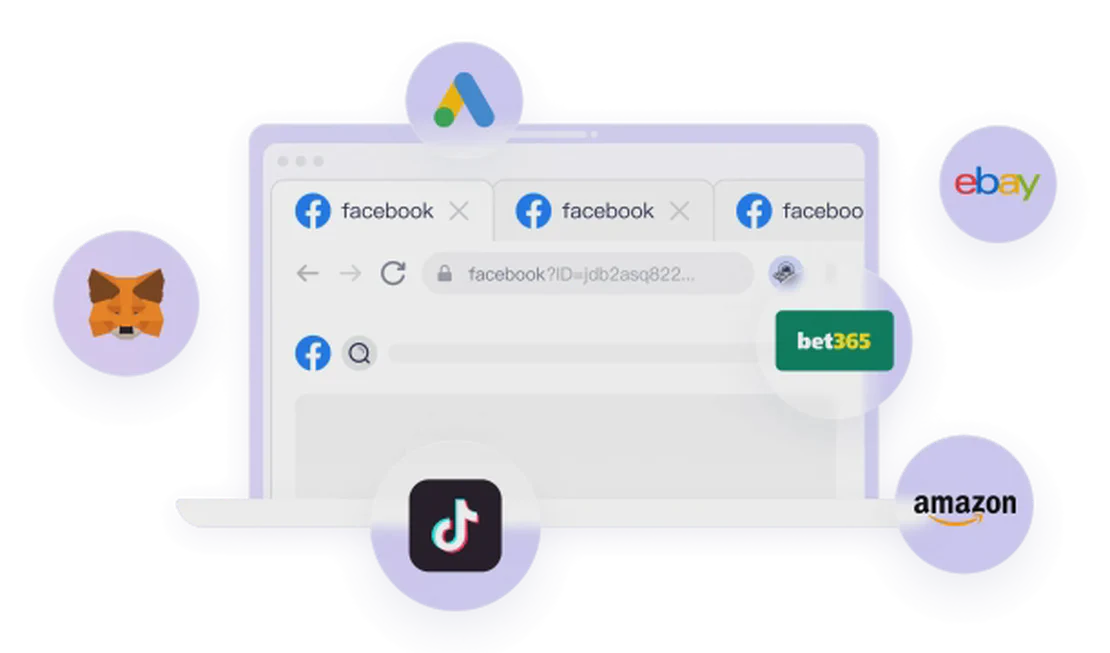10 Questions and Answers about Canvas Fingerprint Detection
Canvas fingerprinting is one of the most stealthy and effective modern web tracking techniques. Through the following 10 questions, we will guide you to understand what it is and how to protect yourself.
1. What does this online tool do?
This tool detects and displays the “Canvas fingerprint” hash value of your current browser environment. This unique string gives you a clear view of a key piece of information that websites can use to identify you.
2. What is a Canvas fingerprint?
A Canvas fingerprint is a browser fingerprinting technique. Websites use the HTML5 <canvas> element to draw a hidden image containing specific text and graphics in your browser. Because different computers have variations in hardware (GPU), graphics drivers, operating systems, and font settings, the final rendered image will have minute differences. Websites then convert this image data into a hash value, which becomes a unique “fingerprint” for your device.
3. How is a Canvas fingerprint generated?
The process is roughly as follows:
- A website loads a script in the background.
- The script instructs the browser to draw specific graphics and text using the
<canvas>API. - The script then reads the pixel data rendered on this canvas.
- This pixel data is converted into a unique string using a hashing algorithm (like MD5 or SHA256), which is the Canvas fingerprint.
4. Why do websites use Canvas fingerprinting?
There are two main purposes:
- User Tracking: This is the most common use. Even if users clear their cookies or use private mode, websites can still identify and track them with this nearly constant fingerprint for targeted advertising or behavioral analysis.
- Security & Anti-Fraud: Financial institutions or e-commerce platforms may use it to identify suspicious activities, such as detecting if the same user is registering multiple accounts in a short period.
5. Does a Canvas fingerprint pose a threat to my privacy?
Yes. Because it is a “stateless” tracking technique, it doesn’t need to store anything on your device (like cookies), making it difficult for users to detect and control. This persistent tracking, often done without your explicit consent, is a serious violation of personal privacy.
6. Can a browser’s “Incognito Mode” prevent Canvas fingerprinting?
No. Incognito (or private) mode primarily prevents your browsing history, cookies, and site data from being saved locally. However, it does not change your underlying browser configuration, hardware, or fonts, so the generated Canvas fingerprint is usually identical to the one in normal mode.
7. How unique is my Canvas fingerprint?
Very unique. Studies have shown that due to the vast combinations of hardware, drivers, and software configurations, Canvas fingerprints can achieve extremely high uniqueness among a large population of users, making them a very reliable tracking identifier.
8. What is the “hash value” displayed on the page?
This hash value is the final Canvas fingerprint generated by your current browser environment. You can try refreshing the page; typically, this value will remain the same. If it changes, you might be using an anti-fingerprinting extension.
9. How can I know if my fingerprint is changing?
You can visit this detection page multiple times. If you haven’t taken any protective measures, the hash value should be the same every time. Some browser extensions work by adding random “noise” to the canvas rendering, causing this value to change with each refresh.
10. Are there ways to protect myself from Canvas fingerprinting?
Some browser extensions can attempt to spoof or disable the Canvas API. However, these methods may cause some website functionalities to break. A more reliable solution is to use a professional tool to fundamentally manage your browser fingerprint.
Comprehensive Protection: The Power of a Fingerprint Browser
As we’ve seen, the Canvas fingerprint is just one of many browser fingerprinting techniques. Websites also collect your fonts, WebGL data, audio device information, screen resolution, and more, combining them into a more comprehensive digital identity. A single protective measure is often not enough.
To truly achieve anonymity and prevent association, you need a tool that can systematically manage your entire digital environment.
FlashID is a fingerprint browser built for this purpose. It does more than just block a single fingerprinting vector; it creates a completely separate and authentic virtual environment for each browser profile. Whether it’s the Canvas fingerprint, fonts, or WebGL information, FlashID intelligently spoofs them, ensuring each account has a unique and consistent digital identity, as if operated from different computers. This effectively prevents platforms from detecting your multiple accounts through environmental association, making it the ultimate solution for protecting online privacy and managing multiple accounts.
You May Also Like
